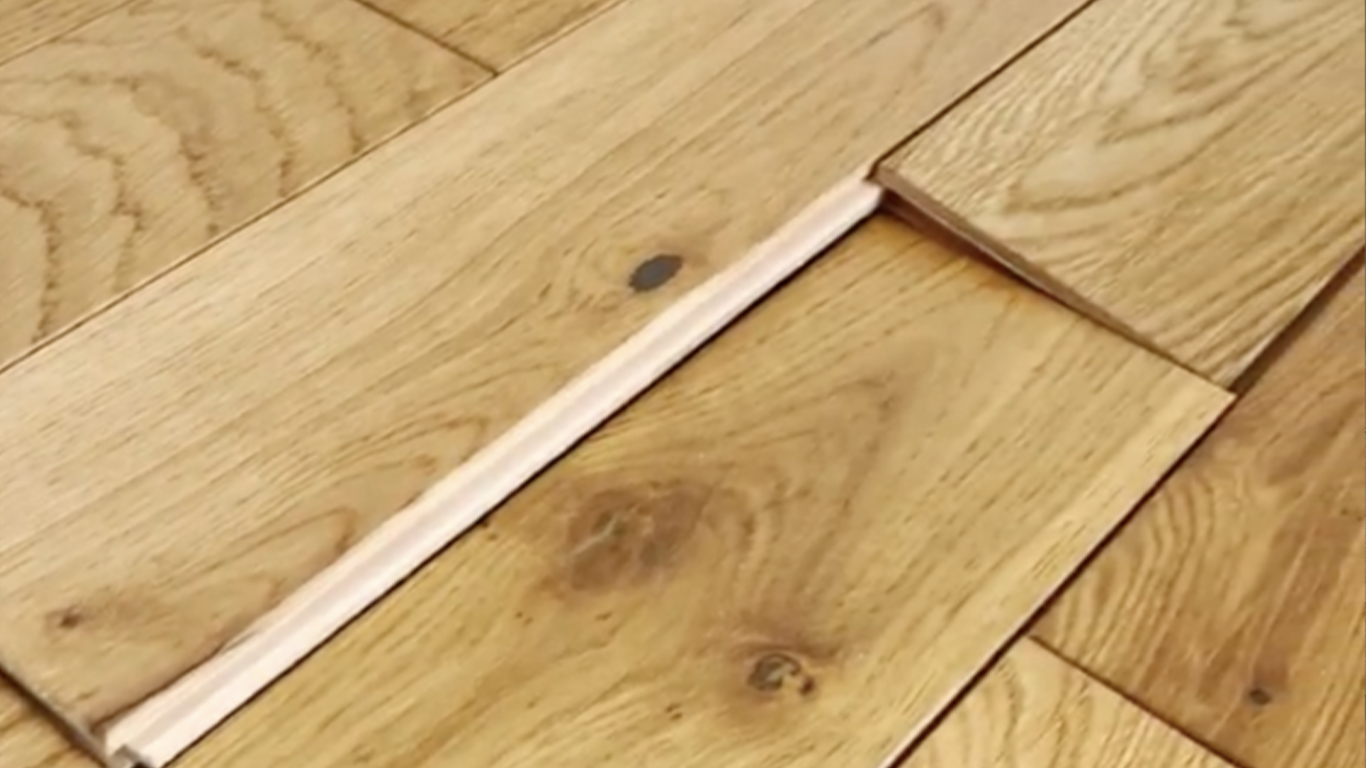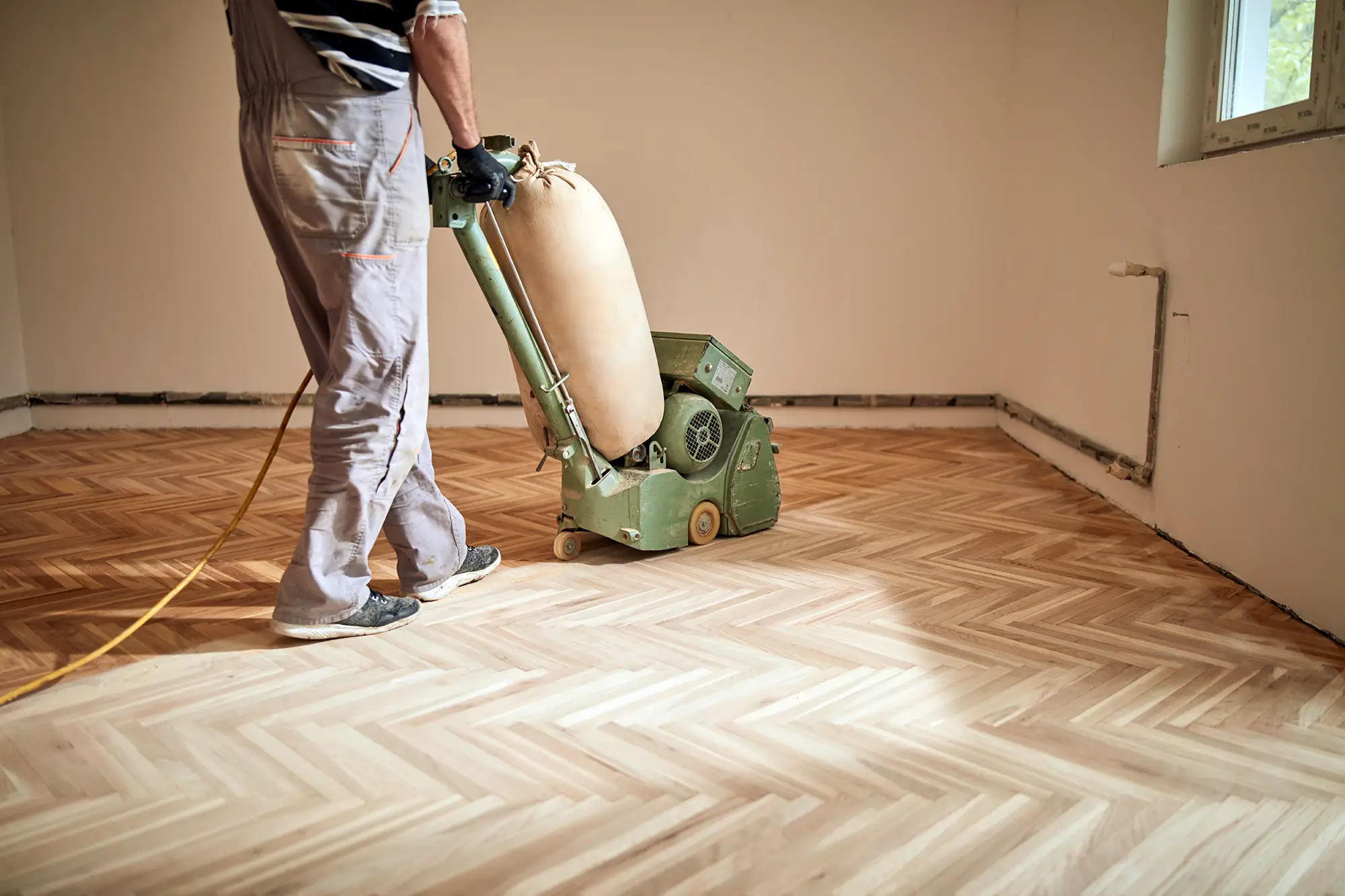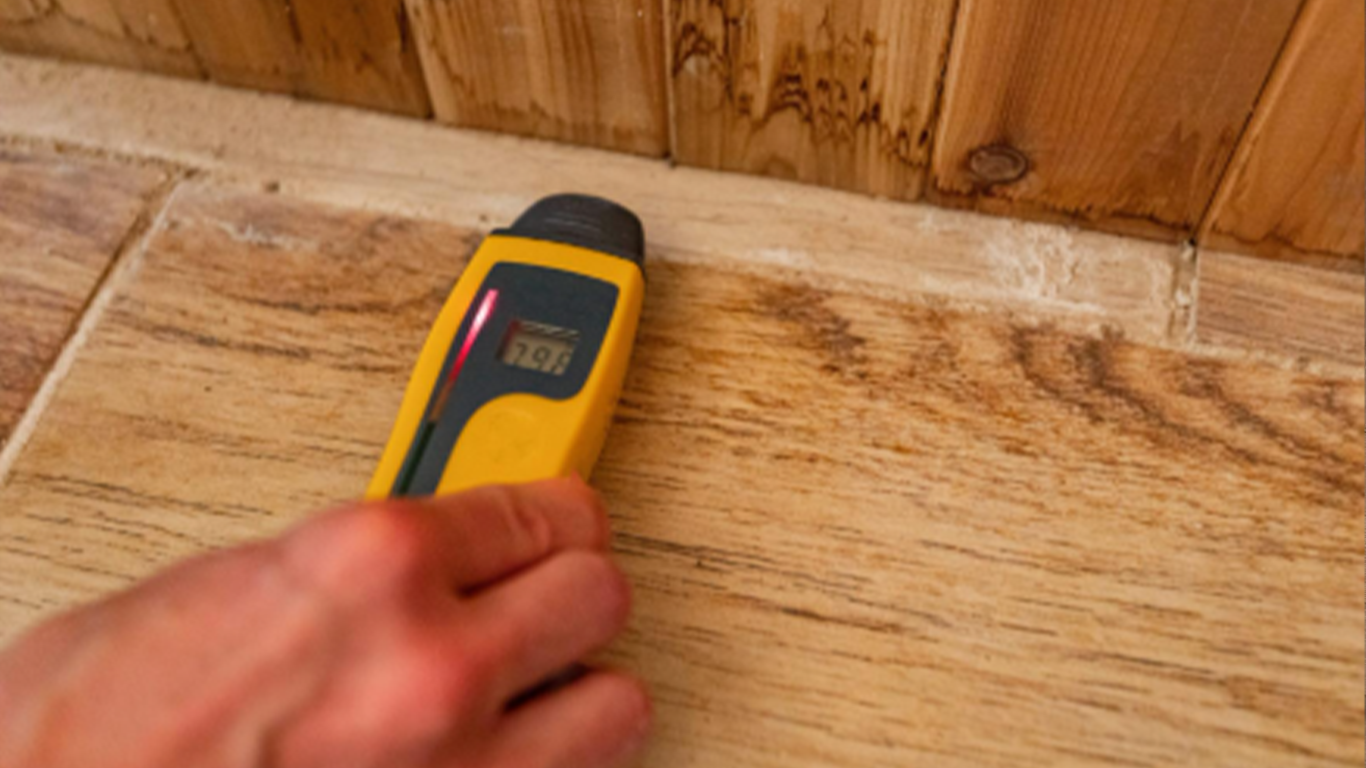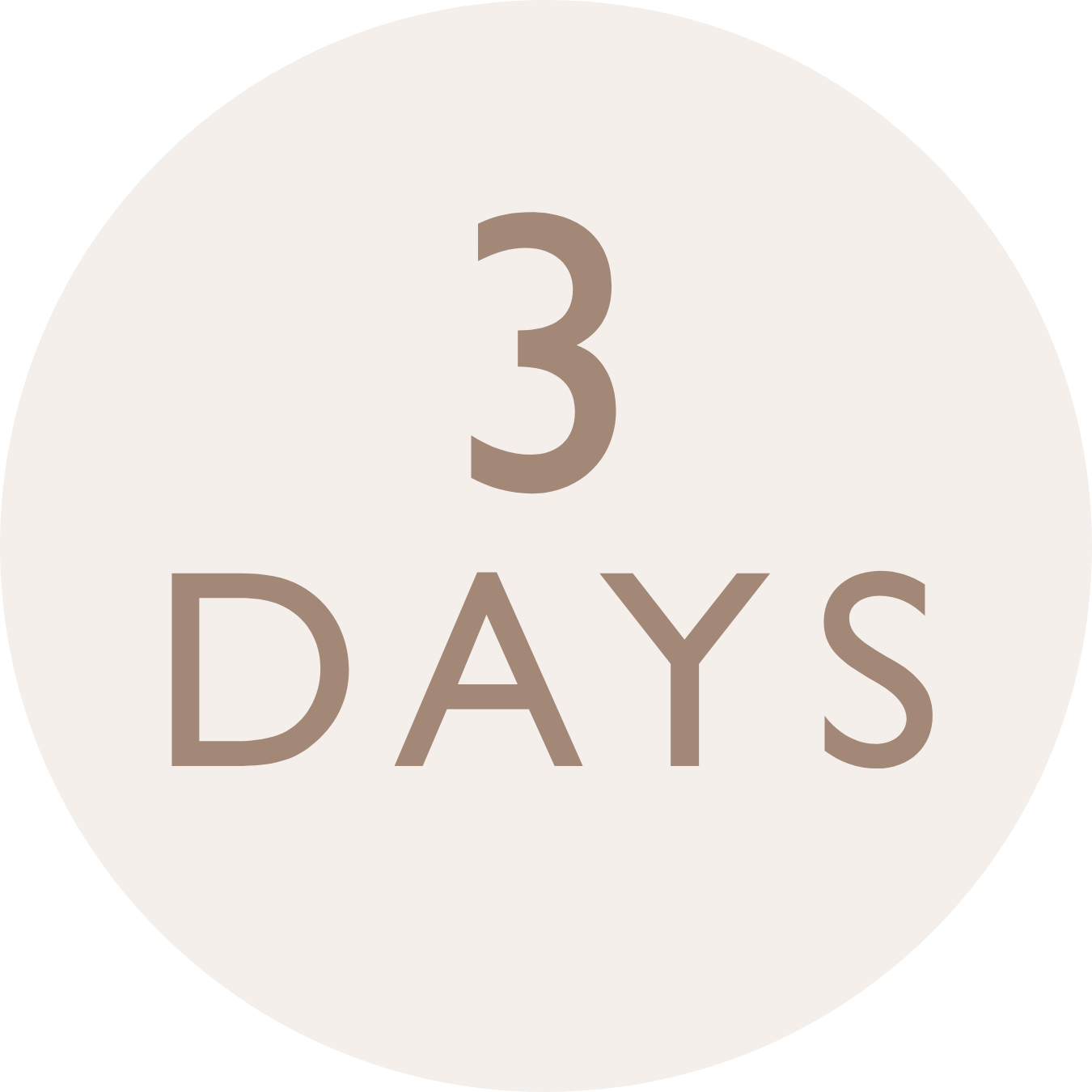Buckled Hardwood Floors: Causes, Fixes, and Professional Prevention

A buckled hardwood floor can be worrying to see. Boards may lift, warp, or separate, leaving the surface uneven and unstable. For installers and branch teams, it’s a clear sign that the floor has been exposed to too much moisture. For homeowners, it’s a reminder that timber is a natural material that reacts to its surroundings, and with the right care, the issue can be avoided or repaired.
What Causes a Buckled Hardwood Floor?
Moisture is the main reason a timber floor buckles. When wood absorbs too much water, it expands and if there is no expansion gap, boards are forced against each other as they swell, causing the boards to lift. Planks expand 100 times more across their width than along their length, so expansion is more likely across the floor.
Wood flooring perofrms best when installed at a moisture content of 9% ±2% moisture content, balanced with the building’s environment. When relative humidity (RH) inside the property rises above 60%, the boards can start to swell. If there’s no space for that movement, the floor will buckle.
Common causes include:
- Spills or leaks that aren’t cleaned up quickly.
- High indoor humidity, often during new build drying stages or poor ventilation.
- Incorrect installation, such as no expansion gaps (10–15 mm) around walls or thresholds.
- Subfloor moisture, where concrete hasn’t been tested or a moisture barrier is missing.
Even slight subfloor moisture above 75% RH (as per BS 8201) can cause problems, so proper testing and preparation are essential before laying a floor.
How to Fix a Buckled Hardwood Floor
The fix depends on how serious the buckling is:
- Minor lifting: If the boards have only lifted slightly, the issue may settle as the environment stabilises. Once moisture levels return to normal, boards can sometimes re-seat naturally. A suitable adhesive, such as Woodpecker MS Parquet, can be used to re-bond any loose areas.
- Severe buckling: If planks have warped or split, they’ll need replacing. A professional installer should inspect the floor, check moisture levels, and follow a replacement process.
Finishing work such as sanding, re-bonding, or refinishing may also be required to restore the surface. For patterned floors like parquet, the repair should be done carefully to keep the original look consistent.

How to Prevent Buckling
Prevention is the best way to protect the hardwood floor, and avoid expensive repairs later. Whether you’re installing, advising, or maintaining, these simple steps make all the difference:
- Control humidity: Keep indoor humidity between 40% and 60%. Use ventilation or a dehumidifier during humid months.
- Test before you fit: Always check concrete subfloors with a calibrated hygrometer. Apply a damp-proof membrane if readings are above 75% RH.
- Prepare properly: Allow boards to acclimatise before fitting, and leave expansion gaps so the floor can move naturally.
- React quickly: Clean up spills straight away.
- Avoid moisture traps: regularly move rugs, mats, or heavy furniture.
A Floor That Lasts
Wood flooring brings warmth, character, and longevity to any space, but it needs the right conditions to stay that way. With good installation practice, correct moisture control, and consistent care, a hardwood floor can stay solid and beautiful for years to come.
Whether you’re on-site fitting, supporting customers in branch, or caring for your own floor at home, these steps help ensure every Woodpecker floor performs at its best.

What Our Customers Say
Get In Touch



 3-Day Delivery
3-Day Delivery
 Free Delivery on Flooring
Free Delivery on Flooring
 20 Year Warranty
20 Year Warranty